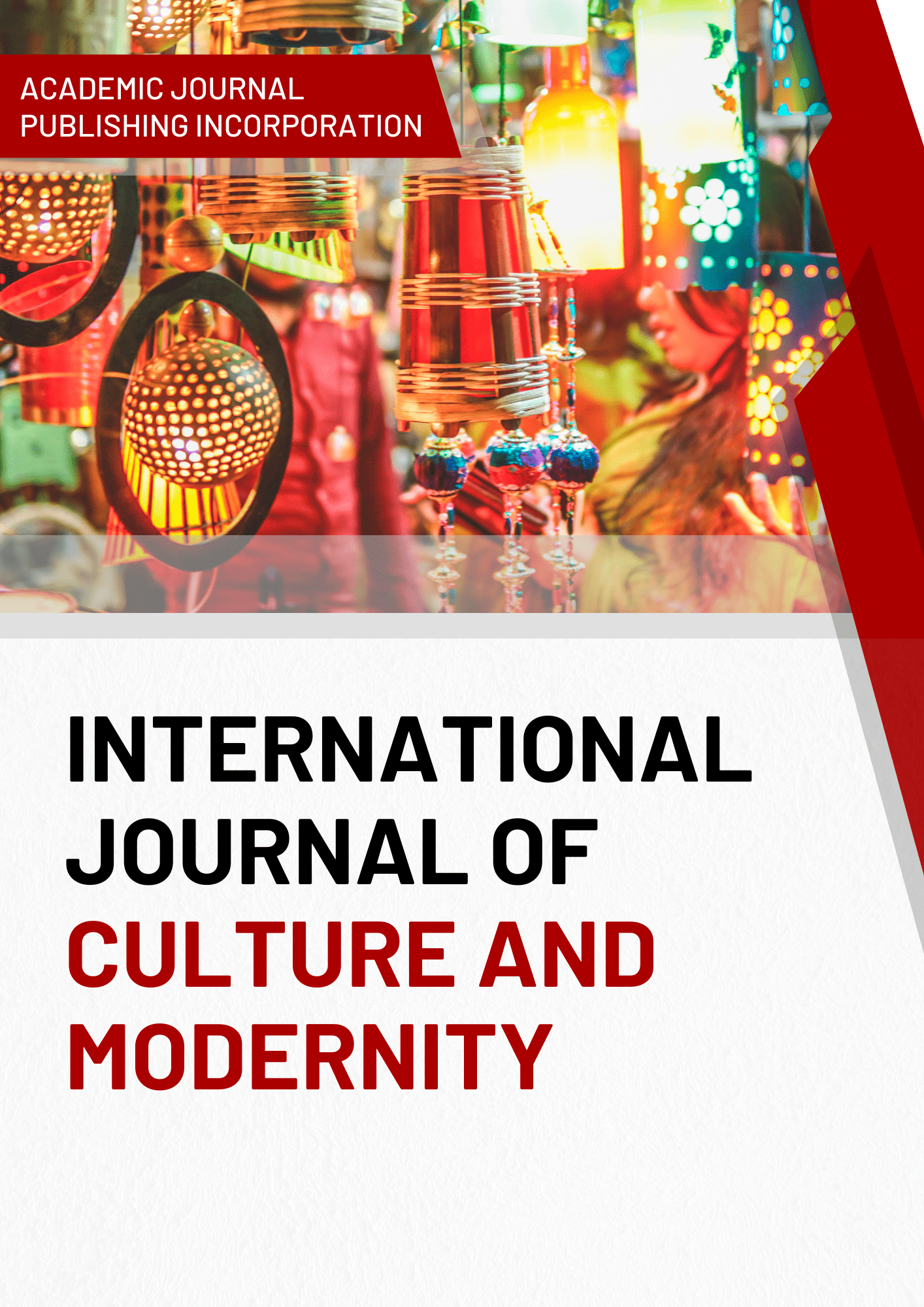Comparative Analysis of the Financial Performance of Provincial Governments in Sulawesi for the 2012-2015 Period
DOI:
https://doi.org/10.51699/ijcm.v5i.45Keywords:
Financial Performance, Ratio, Decentralization, FiscalAbstract
The results of the calculation of the Degree Ratio of Fiscal Decentralization for the Provincial Government (Pemprov) of North Sulawesi (Sulut) show a relatively good trend compared to most provinces in Sulawesi. In the 2012-2015 range, the North Sulawesi Provincial Government was in the category of Sufficient financial capability (2012-2013) and rose to the Medium category (2014-2015). Gorontalo Province, in the span of the same year, in the Ratio of Degrees of Fiscal Decentralization, was still in the Very Poor Regional Financial Capability Category in 2012 and Less in the following years. The Province of Central Sulawesi (Sulteng) shows an up and down trend in the Degree Ratio of Fiscal Decentralization. In 2012, Central Sulawesi was included in the Poor category in its ability to increase local revenue to finance development. In 2013 the province managed to move up to the Enough category (31. 07%) and decreased by a level in 2014 and returned to the Enough category in 2015 with a ratio of 30.78%. Southeast Sulawesi Province, in the 2012-2015 period, was in the same category in its ability to increase local revenue to finance development. Southeast Sulawesi is in the Less category with the highest achievement in 2015 at a ratio of 27.68%. South Sulawesi Province (Sulsel) is the province that has the best Fiscal Decentralization Degree Ratio performance relative to other provinces in Sulawesi. In 2012, the performance of South Sulawesi's Fiscal Decentralization Degree Ratio stood at 49.59% in the Medium category and increased in the 2013-2015 range which remained in the Good category. This is the only province that has a Fiscal Decentralization Ratio with a Good category.
The level of dependence of the Province of South Sulawesi on external assistance is very low and vice versa. The South Sulawesi Regional Financial Independence Ratio also proves the high level of community participation in regional development.
References
Afrendi, Ahmad Fajri. 2013. Analysis of the Relationship between PAD, Central Government Transfers with the Level of Regional Independence in Regional Governments in Bengkulu Province. Bengkulu : Faculty of Economics Unib
Anita Wulandari. 2001. Regional Financial Capability. Journal of Public Policy and Administration. Vol 5. No 2. PP. 11-22
Bastian, Indra, 2006, Public Sector Accounting: An Introduction, Jakarta: Erlangga.
Frediyanto, Yanuar. 2010. Analysis of District/City Financial Capability in Central Java Province Before and After Regional Autonomy Policy. Semarang : Faculty of Economics, Diponegoro University.
Halim, Abdul. 2001. Regional Financial Accounting. Jakarta: Salemba. Four.
Halim, Abdul. 2004. Regional Autonomy and Financial Management. Yogyakarta : UPP AMP YKPN
Halim, Abdul. 2007. Public Sector Accounting Regional Financial Accounting, Revised Edition, Jakarta, Salemba Empat
Lestari, FM 2012. Analysis of Regional Financial Management and Regional Independence in Central Bengkulu Regency. Bengkulu : Unib Repository
Mardiasmo. 2000. Regional Autonomy and Financial Management. Yogyakarta: Andi Offset
Permana, SE 2013. Financial Performance Analysis of Bengkulu City Government. Bengkulu : Unib Repository
Kankaew, K., Yapanto, LM, Waramontri, R., Arief, S., Hamsir, Sastrawati, N., & Espinoza-Maguiña, MR (2021). Supply chain management and logistics presentation: Mediation effect of competitive advantage. Uncertain Supply Chain Management, 9(2), 255–264.https://doi.org/10.5267/j.uscm.2021.3.007
Yapanto, LM, Tanipu, F., Paramata, AR, & Actors, E. (2020). THE EFFECTIVENESS OF FISHERY COOPERATIVE INSTITUTIONS. 17(25), 1329–1338.
Lasut, RF, Mandey, SL, Jan, AH. (2021). Analysis of the Effect of Service Quality and Premium Amount on Collectibility Levels and Participant Satisfaction as Intervening Variables at BPJS Kesehatan Manado Branch. 633–646.
Musa, FNH, Tumbel, A., & Wullur, M. (2021). Discipline Analysis Of Work, Motivation And Loyalty Towards Employee Performance (Case Study At Gorontalo State University). 449–462
Setiaji, W. and Adi, PH2007. Map of Regional Financial Capability After Regional Autonomy: Is it Shifting? (Study in Regencies and Cities in Java – Bali). X Accounting Symposium, Makassar.
Sugiyono. 2009. Quantitative and Qualitative Research Methods and R & D. Bandung: Alfabeta
Suharsimi, Arikunto. 2006. Research Methods. Bandung: Gramedia
Suyono, Salam. 2002. Analysis of Regional Financial Statements. Jakarta : Atmalib Atma Jaya
Syafrizal, H. F, 2013, The Effect of Politicizing the Regional Revenue and Expenditure Budget (APBD) in Incumbent Regions on Java Island and Incumbent Regions Outside Java Island, Thesis, UNIB, Bengkulu.
Law Number 17 of 2003 concerning State Finance
Law Number 25 of 2004 concerning the National Development Planning System (SPPN)
Law Number 32 of 2004 concerning Regional Government
Law Number 33 of 2004 concerning Financial Balance between the Center and the Regions Article 1 paragraph 18
Valentina, Miera. 2009. Analysis of Financial Performance Based on Budget Realization Report of Bengkulu Province Before and After the Implementation of Regional Autonomy. Bengkulu : Faculty of Economics, Bengkulu University.
Downloads
Published
How to Cite
Issue
Section
License
Copyright (c) 2021 Ika Putri Windyastuti, Willem JFA Tumbuan, Ivonne S. Saerang

This work is licensed under a Creative Commons Attribution 4.0 International License.






